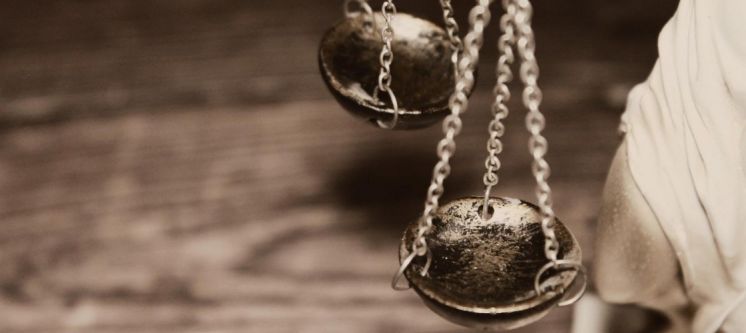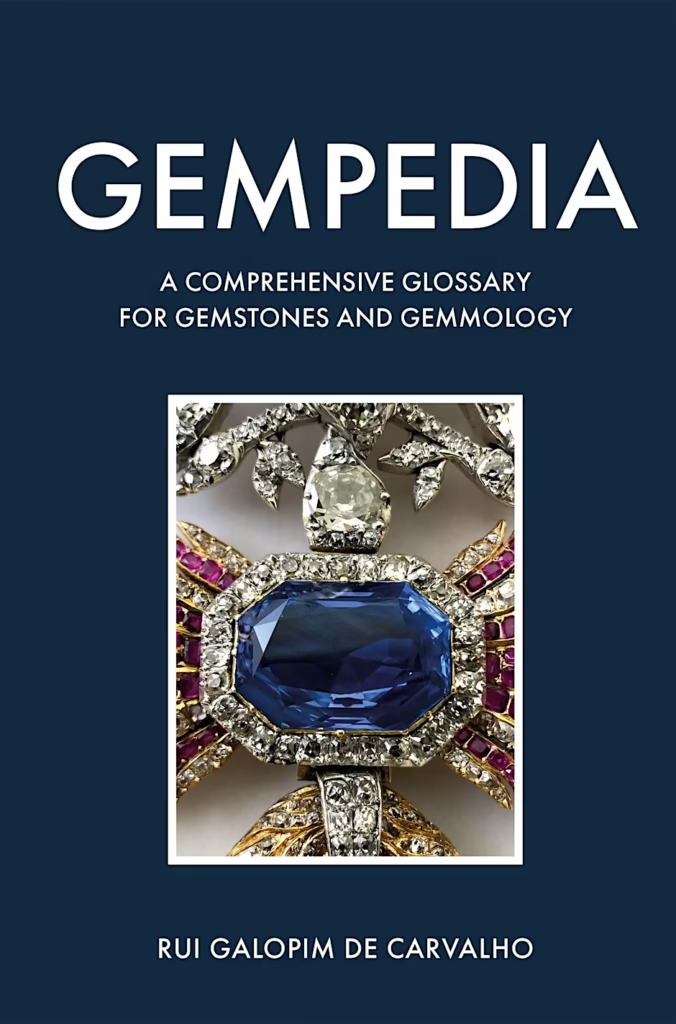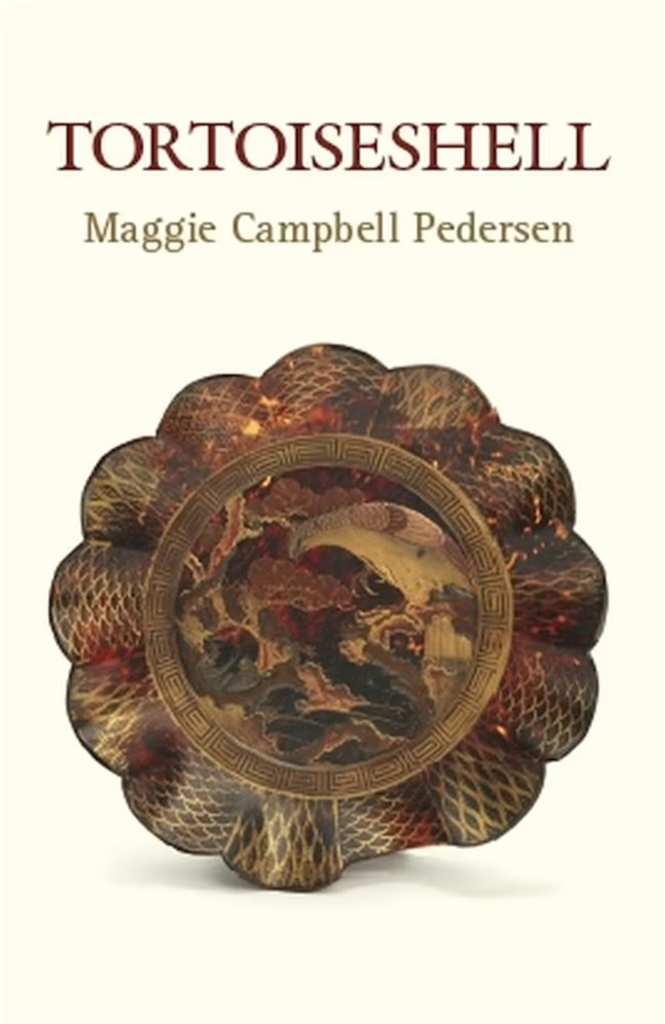
Specific Gravity is a vital test that all gemmologists need to be aware of. Here, Gem-A Gemmology Tutor, Dr Juliette Hibou FGA, explains the concept of specific gravity and how it is used by gemmologists to aid in gemstone identification.
Different gemstones have different densities; this property is used to differentiate between materials. In gemmology, we use specific gravity (SG), or relative density, as a test to identify gemstones.
In 1817, in his Traité des caractères physiques des pierres précieuses, the French mineralogist René-Just Haüy was the first to use specific gravity as a systematic test to identify gemstones. He created a table with SG constants for all the varieties of gemstones listed in his treatise.
Learn more: What Should Be in the Ideal Gemmologist’s Toolkit?
Although testing for SG can be thought of as a bit fiddly and impractical, it is still a test that can be very relevant when trying to identify a gem material. SG is a ratio (there it has no unit) which is calculated by dividing the weight of a material in air by the weight of an equal volume of water. It can be speculatively measured by the heft of the material: a material with a higher heft feels heavier.
Eureka! The History of Specific Gravity
In Ancient Greece, King Hieron II of Syracuse wanted to ascertain whether a crown he had commissioned was made of pure gold. Archimedes (c.287-212 BC), a mathematician and inventor, was set the task, and he established the principle of buoyancy, famously while taking a bath: any object wholly immersed in a liquid experiences a force equal to the weight of the volume of liquid it displaces.

Archimedes in his bath realising that a body displaces fluid equivalent to its volume. This means that, regardless of shape, objects of equal density and weight displace the same quantity of fluid. Archimedes used the principle to determine if the crown was of pure gold. As the crown displaced more water than the same weight of pure gold, it proved that it was alloyed with other metals. Public Domain.
Archimedes then compared the volume of water displaced by equal weights of gold and silver and realised that silver displaced more water than gold (as being less dense it had a larger volume). He then immersed the crown and after a series of experiments and calculations managed to prove that the crown was made of gold mixed with a certain amount of silver – and the jeweller who made the crown was punished for his wrongdoing.
The Shift Towards Hydrostatic Weighing
As a result of this principle, centuries later, the Italian mathematician and astronomer Galileo (1564-1642) devised the following formula to calculate the SG of a material, also known as hydrostatic weighing:
Weight in air / weight of an equal volume of water = weight in air (A) / weight in air – weight in water (A-W) (which equals to the weight of the same volume of water)
Or more succinctly put: SG = A / A-W
Aged 22, he wrote a short treaty on La Bilancetta or ‘little balance’ to explain the workings of a scale he designed to weigh objects in air and in water accurately, and as a result identify the material based on their SG. His two-pan scales have been used and perfected for centuries.

Galileo Galilei, who devised a formula for calculating specific gravity in the 16th Century. Public Domain.
How to Calculate Specific Gravity
Today we calculate SG with hydrostatic weighing. It can be used for both loose fashioned and rough materials. This test is very useful for rough materials that cannot be tested on the refractometer if they have no flat polished facet.
Equipment needed:
- Gemmological scales, i.e. single pan scales, preferably digital and measuring in carats.
- A hydrostatic apparatus, made of a bridge and a small glass beaker, with a small metal basket or coiled wire forming a little basket in which the gem can be placed.
- Water that has been boiled or distilled and cooled down to 4 degrees. In order to be able to use the SG table, measurements need to be done in the same conditions, with water that has the same density.
Method:
- Set up the hydrostatic weighing apparatus on the scale. Ensure that the small basket is not touching the sides of the beaker and is fully submersed in the water. Make sure that the scale is on a stable surface and that no one taps the table or walks past while measuring the gemstone as scales are sensitive. Any movement can alter your results.
- Clean the material being tested.
- Measure the weight of the gem in air. Take the scale and place the stone one the scale below the apparatus. Record your result, including two decimal places. Note that no units are being recorded as SG is a ratio without units.
- Next, measure the weight of the stone in water. Take the scale and, using tweezers, gently place the gemstone in the metal or wire basket. Record the result including two decimal places.
- Finally, apply the SG formula (A/A-W), dividing the weight of the gem in air (A) by the weight of the gem in air minus the weight of the gem in water (A-W).
- Check your result against the SG constant table.
Caveats
An SG test can only be performed on loose gemstones. Impurities and inclusions, which do not have the same SG as their host crystal, will interfere with the result, and limit the usefulness of SG testing. Bubbles of air trapped on the surface of the gem, in a drill hole, or inside surface reaching fractures will also make measurement less accurate.
Composite gemstones (made of two or more materials) such as opal doublets, soudé gemstones and garnet topped doublets cannot be tested. Treated materials won’t give accurate results, especially coated and fracture-filled materials.
Why is there a Specific Gravity range for each gem?
A gem material will always have a range of SG values because a single gem variety is rarely pure and will have a varied chemical composition with inclusions and fractures that will slightly influence its SG. For instance, a spinel has an SG that will range from 3.58 to 3.61, depending on its composition. The SG of a Verneuil synthetic spinel is slightly higher at 3.61 to 3.67 (the range is due to the different colouring elements added).
Uses of Specific Gravity
Calculating the SG of a gemstone can be extremely useful for gemmologists; an SG test can help to identify certain gems, and also to estimate the weight of gemstones already set in jewellery.
Differentiating between similar materials
Measuring SG is a test useful for differentiating between two similar-looking gemstones, for example: blue iolite (1.54 to 1.56), a tanzanite (1.69 to 1.70) or a blue sapphire (3.8 to 4.05); or red tourmaline (3.0 to 3.1), red spinel (3.58 to 3.61) and ruby (3.80 to 4.05).
Note that the SG for a red almandine garnet (3.80 to 4.2) overlaps with that of a ruby and therefore this test will not be enough to distinguish these two gemstones. It is important to remember that SG is not a diagnostic test.
Learn more: 5 Things to Consider before Starting the Gem-A Gemmology Foundation Course
However, if observation and no other tests are conclusive, SG testing will narrow down the range of possibilities, especially when testing for minerals less commonly used in gemmology.
Weight Estimation
Knowing the SG of a material can also be very useful when trying to estimate the weight of a gemstone set in jewellery and estimate its price as a result. Once you know the identity of the gemstone and its SG you can estimate its weight without unsetting it.
Weight estimation is not as accurate as weighing a loose gem on a scale but most of the time it is not practical to unset a gem to weigh it. This method is the best way to get a weight estimate.
Discover more about the science of gemmology in Gem Knowledge, part of the Gem-A Gem Hub. Interested in becoming a gem expert? Take a look at our Gemmology Foundation and Gemmology Diploma courses.
Cover image: Public Domain.


